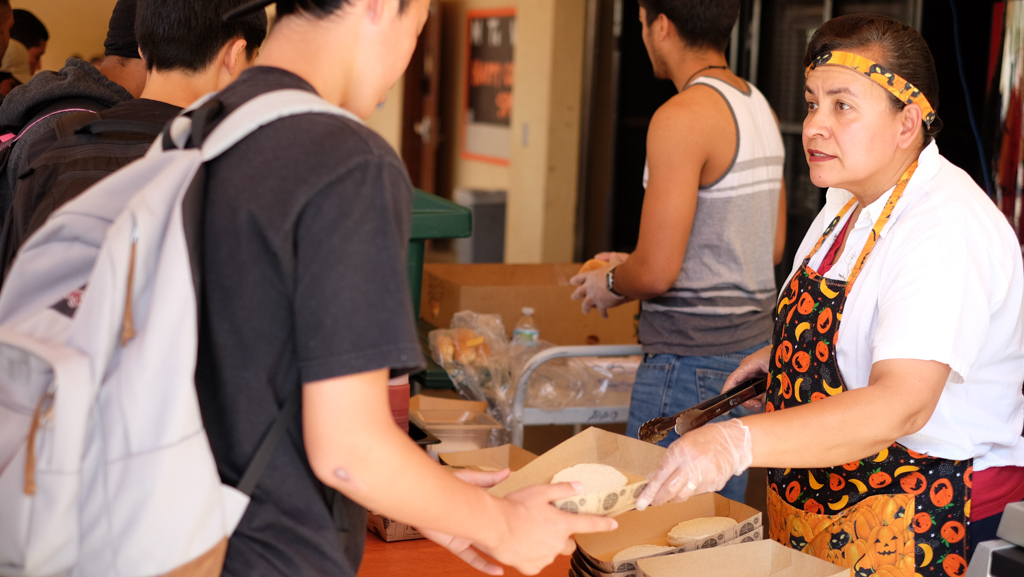By Somi Jun
Print Managing Editor
Photo by Tucker Judkins
For a city known by its upper middle class economy, South Pasadena hosts more economic diversity than many of its neighbors: as of 2013, 16% of students in SPUSD participated in the free and reduced meal program. In contrast, 3% of students in San Marino and 1% at La Cañada qualify for free and reduced meals. South Pasadena is still comfortably in the upper middle class, compared to the 59.2% of students in California who qualified for the meal program in 2014, but within South Pasadena’s overall comfort lie economic multitudes.
The amount of SPUSD students eligible for reduced price meals has risen since 2007, when about 12% of the student body qualified. Director of Child Nutrition Michelle Curry credits SPUSD’s economic diversity to the availability of rental housing in South Pasadena. Whereas about half of SPUSD students lived in rental housing in 2013, next to no students in San Marino and La Cañada live in rental housing today.
However, the way students talk about reduced lunch prices and finances can erase awareness of this diversity within SPUSD.
“Especially as teens, we aren’t encouraged to think about finances. Finding that you’re different from a friend on such a level is an uncomfortable realization,” one student in the program said, requesting to remain anonymous to protect her family’s privacy.
However, statistics that estimate 16% of SPUSD students as low-income could be skewed, because of families who misrepresent their income to receive free and reduced meal benefits. The application process for the program is flexible to prevent families from feeling extra discomfort when applying. But this also makes misrepresentation a problem: 3% of families are randomly verified annually, and every year, about 40% of these checked families are dropped from the program for misrepresenting their income.
“The intent is to keep low-income [families] from being uncomfortable, but the result is that you have people who aren’t honest. I try and encourage people to be accurate on their applications, [but] at the end of day, we can only do so much,” Curry said.
Whether 16% or 10% of students qualify as low-income, South Pasadena still shows more economic diversity than nearby cities, but this dishonesty in the student body concerns nutrition staff as well as students on
the program.
“I heard that people who weren’t legitimately eligible for the program were part of it so they could have access to SAT fee waivers, plus all that comes with that,” the same student in the program said. “When I became part of the program, I had no idea about all the other benefits. Those two things bother me a lot.”



